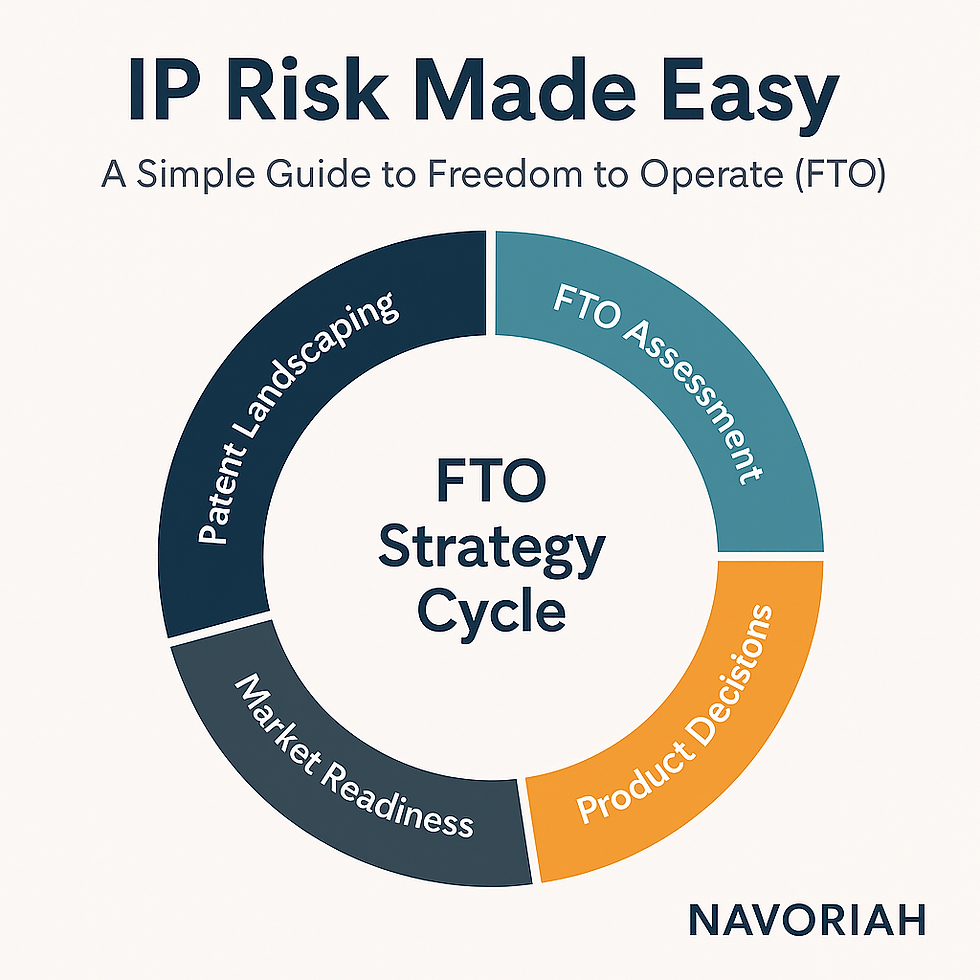Startup Exit Strategies in Canada: A Beginner’s Guide for Founders and Investors
- Navoriah
- Sep 25
- 3 min read
Published on: September 25, 2025
Author: Team Navoriah
When launching a startup, most founders focus on growth—raising capital, building products, and finding customers. But sooner or later, one question becomes unavoidable: What’s the endgame?
That’s where an exit strategy comes in. An exit strategy is a plan for how founders and investors will eventually realize the value of the company they’ve built. It doesn’t always mean selling or shutting down—it could mean going public, merging, or even keeping the company private long-term.
This guide explains what a startup exit strategy is, why it’s important, the ideal timing, and the most common exit options in Canada.

What to Expect in This Blog
What an exit strategy is (and why startups need one)
How exit strategies benefit founders and investors
What happens if you don’t want to exit
Common exit options for Canadian startups
When is the right time to plan an exit
What Is a Startup Exit Strategy?
A startup exit strategy is a planned approach to transferring ownership of the business—whether through acquisition, IPO, merger, or another pathway. It benefits both founders and investors by providing clarity on how they’ll eventually get a return on their time and money.
Why Do Startups Need an Exit Strategy?
Benefits for Investors
Liquidity: Investors want a clear way to turn equity into cash or shares of a larger company.
Reduced Risk: A defined exit plan reassures investors that their money won’t be locked in forever.
Benefits for Founders (Inventors/Creators)
Personal Reward: Years of effort can translate into financial freedom.
Legacy Control: Founders can influence whether the company gets acquired, goes public, or remains private.
Strategic Growth: Knowing the end goal shapes how you scale and raise capital.
Do All Companies Need an Exit Strategy?
Not every founder wants to exit. Some businesses are built for long-term ownership rather than sale. This approach is common for family businesses, consulting firms, and niche tech startups.
Options for staying private include:
Reinvesting profits back into growth.
Paying dividends to investors and founders.
Succession planning to transition leadership over time.
💡 Example: McCain Foods, based in New Brunswick, has remained privately owned while becoming a global food leader.
Common Exit Strategies for Startups in Canada
1. Acquisition: The Most Common Exit Path
A larger company buys your startup, often to gain technology, customers, or talent.
Example: Shopify acquired Oberlo to expand its e-commerce ecosystem.
Why it works: Fast liquidity for investors, payout for founders, and continued growth under a larger brand.
2. Merger: Growing Together
Two companies combine to achieve greater scale and market reach.
Example: Lightspeed merged with international POS software firms to expand globally.
Why it works: Unlocks synergies that neither company could achieve alone.
3. IPO: Going Public on the TSX or TSXV
An Initial Public Offering (IPO) lets a company sell shares to the public.
Example: Shopify’s 2015 IPO on TSX and NYSE raised $131M, fueling its rise as a global tech giant.
Why it works: Provides massive liquidity and visibility, but requires strong governance and compliance.
4. Secondary Sales: Partial Exits for Early Stakeholders
Early investors or founders sell their shares to new investors, while the company continues to grow privately.
Example: Wealthsimple facilitated secondary sales so early investors could cash out.
Why it works: Provides liquidity without requiring a full company sale.
5. Management Buyouts (MBOs)
The leadership team buys out founders or investors. Common in professional services but less in tech.
Example: Many Canadian consulting and engineering firms transition ownership this way.
Why it works: Keeps the company independent and provides investors with an exit.
When Is the Best Time to Exit a Startup?
The “ideal” time varies, but common triggers include:
Strong, predictable revenue growth.
Investor pressure after 5–7 years of holding.
Acquisition interest from larger players.
Founder's readiness to move on or diversify wealth.
💡 Pro tip: The best exits are planned years in advance, not rushed.
Key Takeaways
A startup exit strategy is about clarity—not quitting.
Investors need an exit to see returns, while founders benefit from financial freedom or legacy control.
Options include acquisition, IPO, merger, secondary sales, MBO, or staying private long-term.
The best exits happen when both the company and market are ready—but only if you’ve planned early.
✅ Final Word: Whether you dream of being acquired, going public, or keeping your company private, planning an exit strategy early keeps you in control and maximizes value for both you and your investors.
At Navoriah, we help founders navigate the entire funding journey—from grants and investment to smart, well-timed exits—so you can build with confidence and finish strong.
📩 Contact us at info@navoriah.com to explore your funding and exit options.



Comments